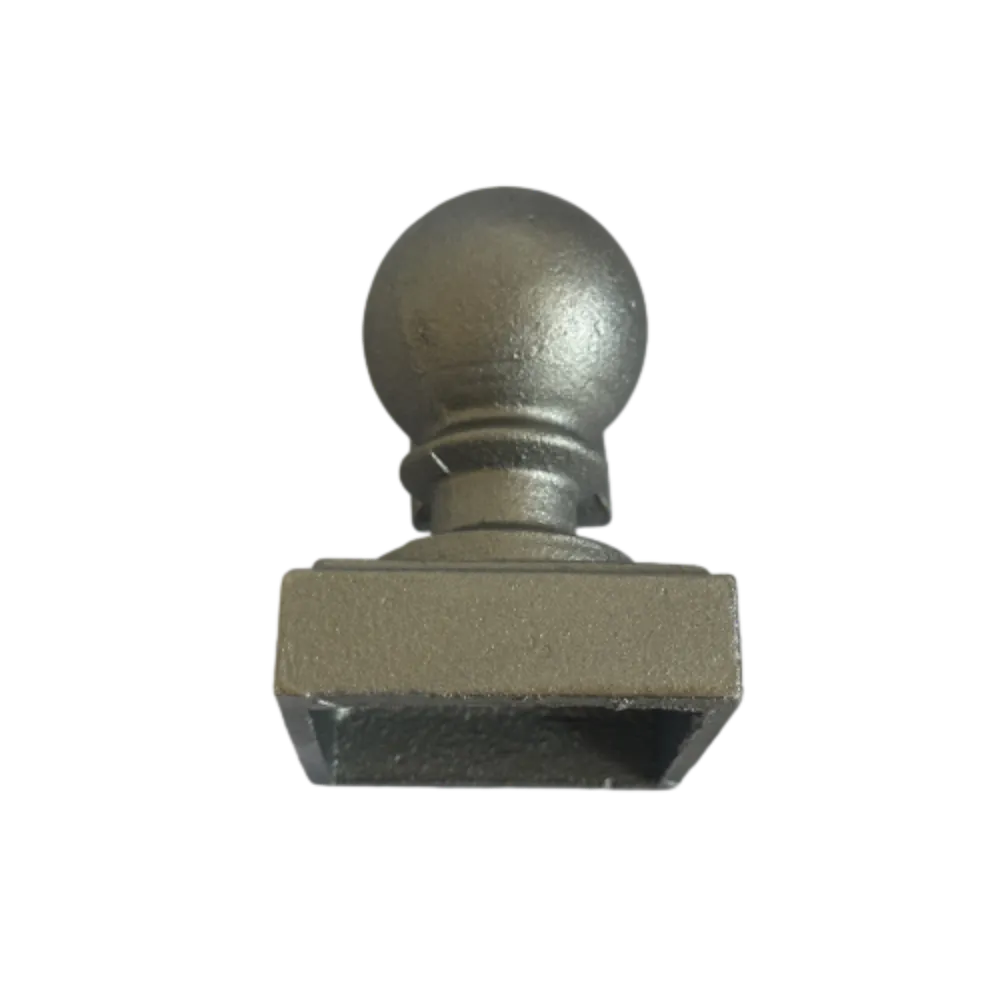Decorative Iron Parts for Elegant Home and Garden Enhancements
The Allure of Ornamental Iron Components
Ornamental iron components have long captured the imagination of architects, designers, and homeowners alike. These elements, known for their intricate designs and sturdy fabrication, add aesthetic beauty and structural integrity to various architectural applications. From gates and railings to decorative accents in buildings, ornamental iron brings a timeless appeal that can enhance any setting.
Historical Context
The art of ironworking dates back centuries, with its roots intertwined with the advent of metallurgy. Initially, iron was utilized for its strength and utility. However, as techniques evolved, blacksmiths began to create more decorative pieces, leading to the emergence of ornamental iron. The 19th century, particularly the Victorian era, saw a significant resurgence in the use of ornamental iron components. Structures such as wrought iron balconies, railings, and fences became symbols of elegance and sophistication, often defining the character of urban landscapes.
Versatility and Applications
One of the most compelling attributes of ornamental iron components is their versatility
. They can be tailored to suit various architectural styles, from classical to contemporary. Homeowners often incorporate these elements for functional purposes, such as gates for security or railings for safety, while also using them as an opportunity for artistic expression.- Gates and Fences Ornamental iron gates serve as both entry points and decorative features. Custom designs can include motifs that reflect personal style, making a statement about the homeowner's aesthetic preferences. Fences made from ornamental iron can provide security without compromising beauty, with intricate patterns that catch the eye.
- Railings Both interior and exterior railings crafted from ornamental iron can elevate a space. Whether winding gracefully along a staircase or enclosing a balcony, these railings combine safety with artistry. The use of scrollwork, geometric patterns, and other design elements can transform a mundane rail into a captivating focal point.
ornamental iron components

- Architecture and Furniture Beyond their structural applications, ornamental iron components find a place in furniture design, with items such as tables and chairs often featuring ornate iron legs or frames. Additionally, these components can be used to create stunning light fixtures, providing both functionality and visual appeal.
The Craftsmanship Behind Ornamental Iron
The process of creating ornamental iron pieces requires skilled craftsmanship and attention to detail. Traditional techniques involve heating the iron until malleable, allowing artisans to forge intricate designs. This labor-intensive process results in unique pieces that cannot be replicated by machine.
Modern advancements have introduced new methods, such as plasma cutting and laser engraving, which allow for precision and intricate detailing. However, the hand-forged aspect remains highly valued, as each piece tells a story of craftsmanship, tradition, and dedication.
Maintenance and Longevity
Ornamental iron components are known for their durability, but they do require regular maintenance to ensure longevity. Proper care involves periodic cleaning to prevent rust and applying protective coatings or paint to maintain their appearance. With the right attention, ornamental iron can last for decades, making it a worthwhile investment for both beauty and practicality.
Conclusion
Ornamental iron components continue to be a beloved choice within the field of design and architecture. Their blend of beauty, functionality, and timelessness allows them to adapt to evolving trends while maintaining a classic charm. As homeowners and designers seek to enhance their spaces, ornamental iron remains a go-to element that brings sophistication and character to any project. Whether adorning a fence, enhancing a staircase, or contributing to furniture design, these components are sure to leave a lasting impression.
-
Wrought Iron Components: Timeless Elegance and Structural StrengthNewsJul.28,2025
-
Window Hardware Essentials: Rollers, Handles, and Locking SolutionsNewsJul.28,2025
-
Small Agricultural Processing Machines: Corn Threshers, Cassava Chippers, Grain Peelers & Chaff CuttersNewsJul.28,2025
-
Sliding Rollers: Smooth, Silent, and Built to LastNewsJul.28,2025
-
Cast Iron Stoves: Timeless Heating with Modern EfficiencyNewsJul.28,2025
-
Cast Iron Pipe and Fitting: Durable, Fire-Resistant Solutions for Plumbing and DrainageNewsJul.28,2025
-
 Wrought Iron Components: Timeless Elegance and Structural StrengthJul-28-2025Wrought Iron Components: Timeless Elegance and Structural Strength
Wrought Iron Components: Timeless Elegance and Structural StrengthJul-28-2025Wrought Iron Components: Timeless Elegance and Structural Strength -
 Window Hardware Essentials: Rollers, Handles, and Locking SolutionsJul-28-2025Window Hardware Essentials: Rollers, Handles, and Locking Solutions
Window Hardware Essentials: Rollers, Handles, and Locking SolutionsJul-28-2025Window Hardware Essentials: Rollers, Handles, and Locking Solutions -
 Small Agricultural Processing Machines: Corn Threshers, Cassava Chippers, Grain Peelers & Chaff CuttersJul-28-2025Small Agricultural Processing Machines: Corn Threshers, Cassava Chippers, Grain Peelers & Chaff Cutters
Small Agricultural Processing Machines: Corn Threshers, Cassava Chippers, Grain Peelers & Chaff CuttersJul-28-2025Small Agricultural Processing Machines: Corn Threshers, Cassava Chippers, Grain Peelers & Chaff Cutters












